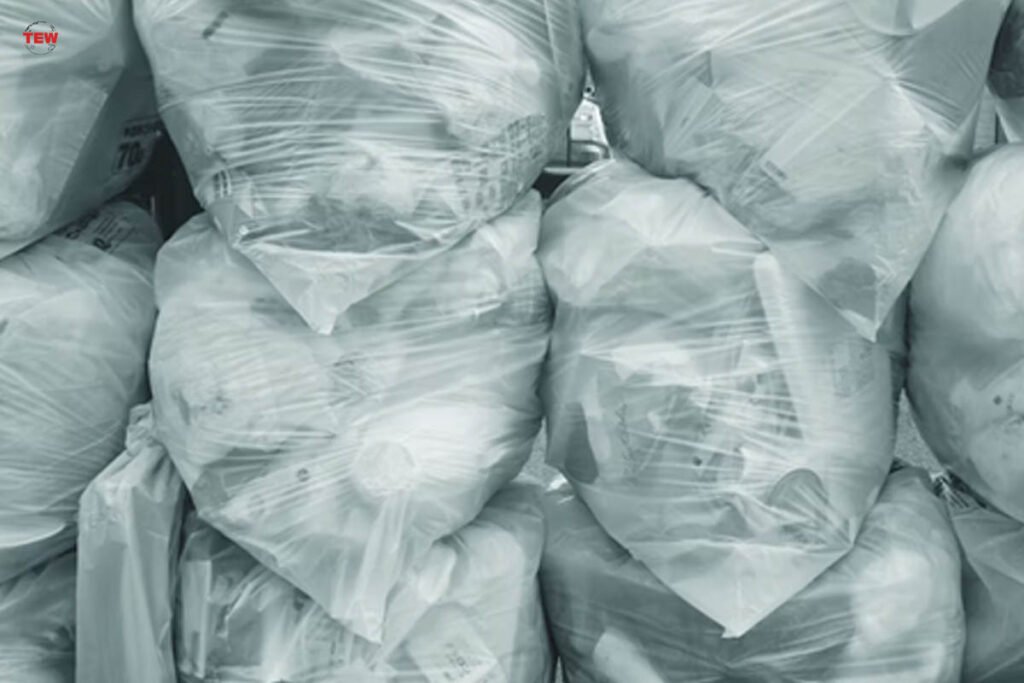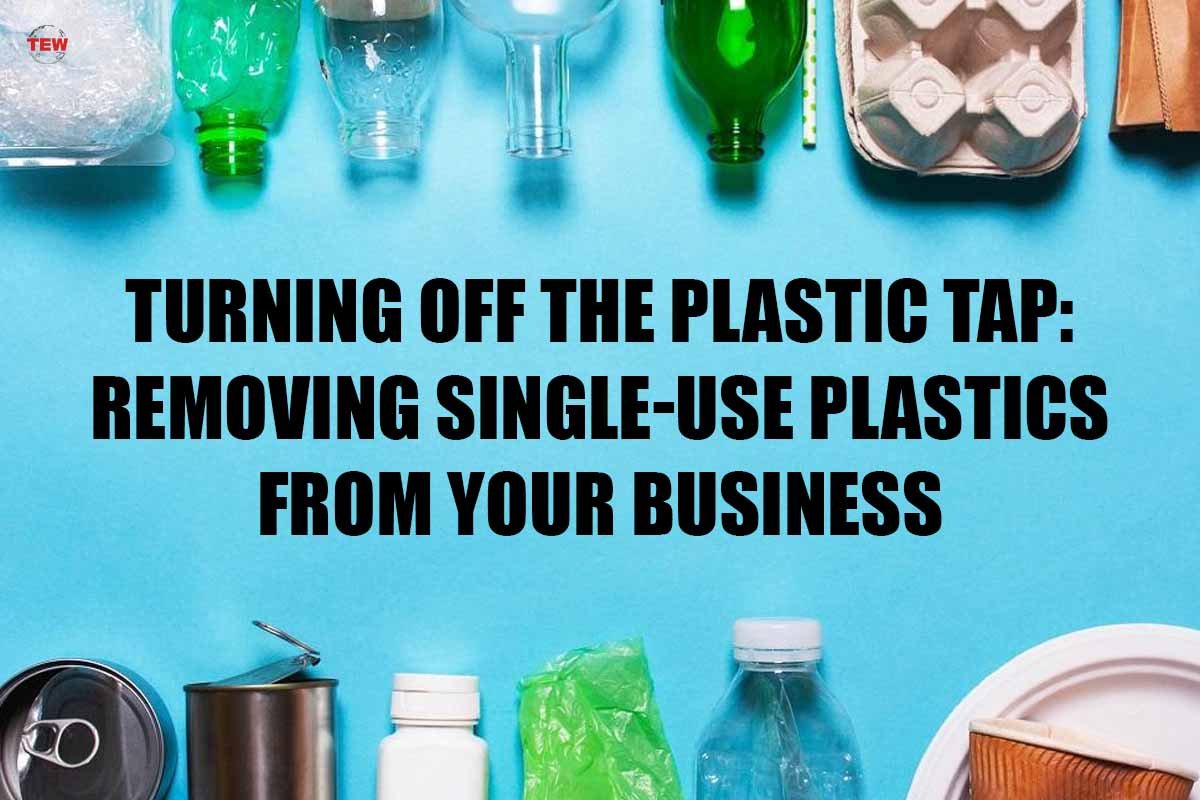Modern society owes many of its developments to the emergence of plastics, without which many of the things we take for granted today wouldn’t have been possible. The material made the consumer boom of the Post-war Era possible, with the 1950s seeing a sharp increase in television and automobile sales.
Even newer developments such as computers, cell phones and smartphones, as well as growth in food safety and healthcare, have been possible because of plastics. The material has many advantages, such as offering good insulation, being lightweight and versatile, and providing an airtight, sterile atmosphere that’s resistant to outside factors that could spoil the content inside a package, such as moisture, dirt or pathogens.
However, the drawbacks are undeniable, and as the years passed, the general public became increasingly aware of them. One of the main disadvantages of plastic is that it takes forever to break down and decompose, much longer than a human lifespan. Estimates place this period at 450 or 500 years, with some plastics taking up to 1,000 years to decompose. However, plastic doesn’t break down but instead photo-degrades into microplastic that carries toxins into the environment and the human body.
Society’s overreliance on plastic has created a significant problem that is still difficult to solve. One of the most important things to do is to reduce the number of plastics you use in the domestic and business spheres. But if things seem pretty straightforward in the case of the former, the latter is a different thing altogether. What can you do to help make your company more plastic-free and help build a more sustainable future?
4 ways of Removing single-use plastics from your business:
1. Do some measurements
The first thing in reducing the amount of plastic you use is determining precisely how much you’re consuming. Conducting a plastic audit might have seemed far-fetched a mere decade ago, but it is currently a crucial thing that can help you make your business greener. Just like in the case of any other business issues or concerns that you might have, you can’t get down to creating a comprehensive plan if you don’t know what you’re dealing with in the first place.

Look for the areas where plastics are being used in your company. Then look for the reason why plastic is the choice. Are there no other alternatives, or is plastic simply the more accessible solution and the one everybody thought of because plastic usage is so commonplace? Something needs to change if the answer is closer to the latter than the former.
2. Disposal measures
The good news about plastic is that it is entirely recyclable, so it doesn’t have to be disposed of in a landfill where it can damage the environment. You should take the same measure and look for methods that ensure the complete recycling of plastic so that the same material can be used repeatedly to produce the same or very similar objects.
Since approximately 95% of the plastic produced worldwide isn’t recycled, it’s essential to take the necessary steps to dispose of the plastic objects your company uses responsibly. Using a plastic baler means you can compact soft and hard plastics, which can then be further sold to a recycler. Using this method helps reduce the original volume of the plastics by up to 90%, meaning. Air-powered balers also come equipped with a low-energy system, so the recycling process is greener, has a lower carbon footprint, and is more cost-efficient.

3. Assess your boundaries
Regarding single-use plastics, the terminology is broader and includes more than takeout cutlery or Styrofoam cups. Some businesses have expanded the term to include plastics, regardless of the polymers they contain, which are used for a month or even less. Determining how much of these plastics you use can make you choose better, more sustainable options.
You should start with the areas doing poorly initially and look to the tasks and actions where you use the most significant amount of plastics. See what you can do to minimise the number of plastics you use and how you can replace them with more sustainable options. For instance, you can look into biodegradable packaging solutions. Eco-friendly materials are easier to recycle and require less energy to produce. They are also non-toxic, meaning they help reduce emissions and directly combat climate change.
Since sustainability discourse has become increasingly important, customers have increasingly sought greener options. Many have even stopped supporting businesses and enterprises if they notice that they have failed to keep up with ethical requirements. Therefore, making sure you choose environmentally-friendly solutions can also help you improve your reputation and have the edge over your competitors.
4. Work as a team
Becoming more sustainable isn’t just about the processes within your own business. You must take care of everything along the way, which means working closely with everyone involved in the supply chain of your business. Knowing how your suppliers work and what they do is essential, as it’ll help you notice if single-use plastic is used in the production, manufacturing or shipping process. Proper logistics are also necessary, as transportation efforts use significant amounts of plastic. Working with the supply chain can enable you to eliminate up to 80% of the plastic items you use.

However, simple engagement won’t be enough. You also need to enforce new regulations and set higher standards. Urging suppliers to set more ambitious goals is important, but there must also be possible repercussions for those that fail to comply with the standards. Making them aware that they could be dropped from the company for not meeting your requirements sends a message that you’re determined to go forward only with those that are willing to make a practical commitment to helping the environment.
Let everyone know that you understand the power of teamwork and that only if everyone works together towards the same goal, there’s a chance to succeed.
To sum up, when you settle down to make your business more sustainable, you must have a clearly defined plan for what you will do. This is the only way to make changes that last.




